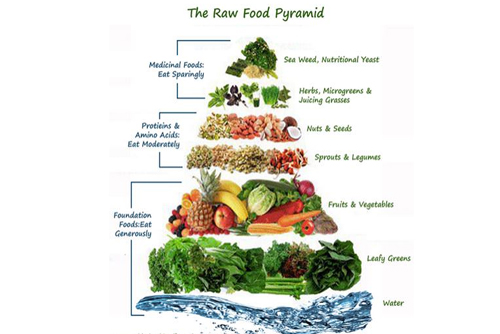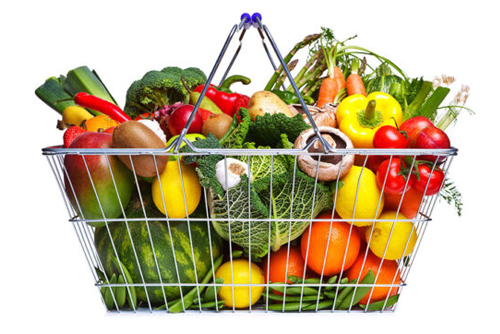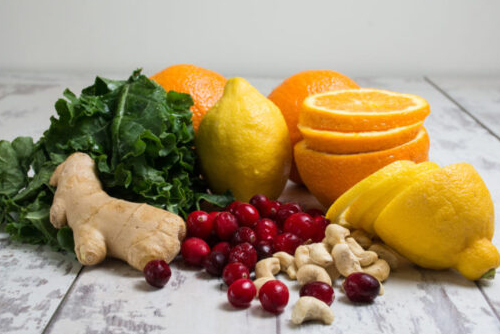Growing your own food has many benefits – it can save on grocery bills, provide a means
Growing your own food has many benefits – it can save on grocery bills, provide a means to healthy activity at home and most importantly, you can produce fresh and (with a little effort) organic produce with many nutritional benefits. However, if you’re not quite up to the task of taking on a full vegie patch just yet, why not start with the humble Oyster mushroom – one of the tastiest and most nutritious mushrooms in the world and often difficult to get your hands on. This nutrient dense vegetable can be grown on your kitchen bench, with very little effort.
Packed full of nutrients, the gourmet Oyster mushroom has been nicknamed the vegetarian steak due to its high iron content (higher than that of meat!). Along with Iron, they are also an excellent source of Vitamin B1, B2 & B3 (Niacin), Vitamin C and D, Protein, Calcium, Zinc, Magnesium, Potassium, Phosphorus and Folic Acid. All that goodness in one small package!
Here’s a list of some of the main benefits you can gain from eating Oyster mushrooms:
Low calorie food, high vitamin content
With only 28 calories per cup, Oyster mushrooms are a fantastic low calorie option. They deliver a high content of vitamins. For example the Niacin (Vitamin B3) content is 500% more than in any vegetable.
Anti-oxidant/ immune boosting effect
Oyster mushrooms contain a unique antioxidant called
Ergothioneine (unique to fungi), which helps to build the immune system, protect cells and
reduces systemic inflammation.
Combat Cancer
Anti-cancer properties are also found in oyster mushrooms. According to the International Journal Of Oncology (Jedinaki and Silva 2008), extracts of the oyster mushroom can help to inhibit the growth of colon and breast cancer and has a potential preventative effect on these cancers.
Vitamin D
Oyster mushrooms are one of the few plant sources of Vitamin D, an essential vitamin that enables your body to absorb calcium and helps to prevent against heart disease.
Reduce high blood pressure and heart disease
Oyster mushrooms may help reduce high blood pressure and heart disease due to their high potassium content. The niacin content of oyster mushroom also contributes to heart health by stabilising cholesterol levels in the blood. The
Ergothioneine content is another contributor to reducing the build up of plaque in the arteries which can lead to heart disease.
Relieve constipation
With its high fibre content, oyster mushrooms are a great way to relieve constipation. They contain up to 14% of the average recommended daily intake of fibre.
The best news is,
LifeCykel, a Fremantle based start up have created Australia’s first urban Mushroom farm, enabling you to grow gourmet delicious oyster mushrooms right out of a box at home. Both Julian and Ryan, the founders, are health professionals passionate about healthy eating which they believe requires food to be grown locally and organically. They utilise coffee waste as a key ingredient in growing their gourmet mushrooms, collecting over 1000kgs a month of coffee waste from local coffee shops in Fremantle, diverting it from landfill where it creates greenhouse gas emissions in the form of methane.
LifeCykel provides home grown mushroom boxes which enable you to grow delicious Oyster Mushrooms on your own kitchen bench within 10-14 days. You can find more information at
https://lifecykel.com.au










